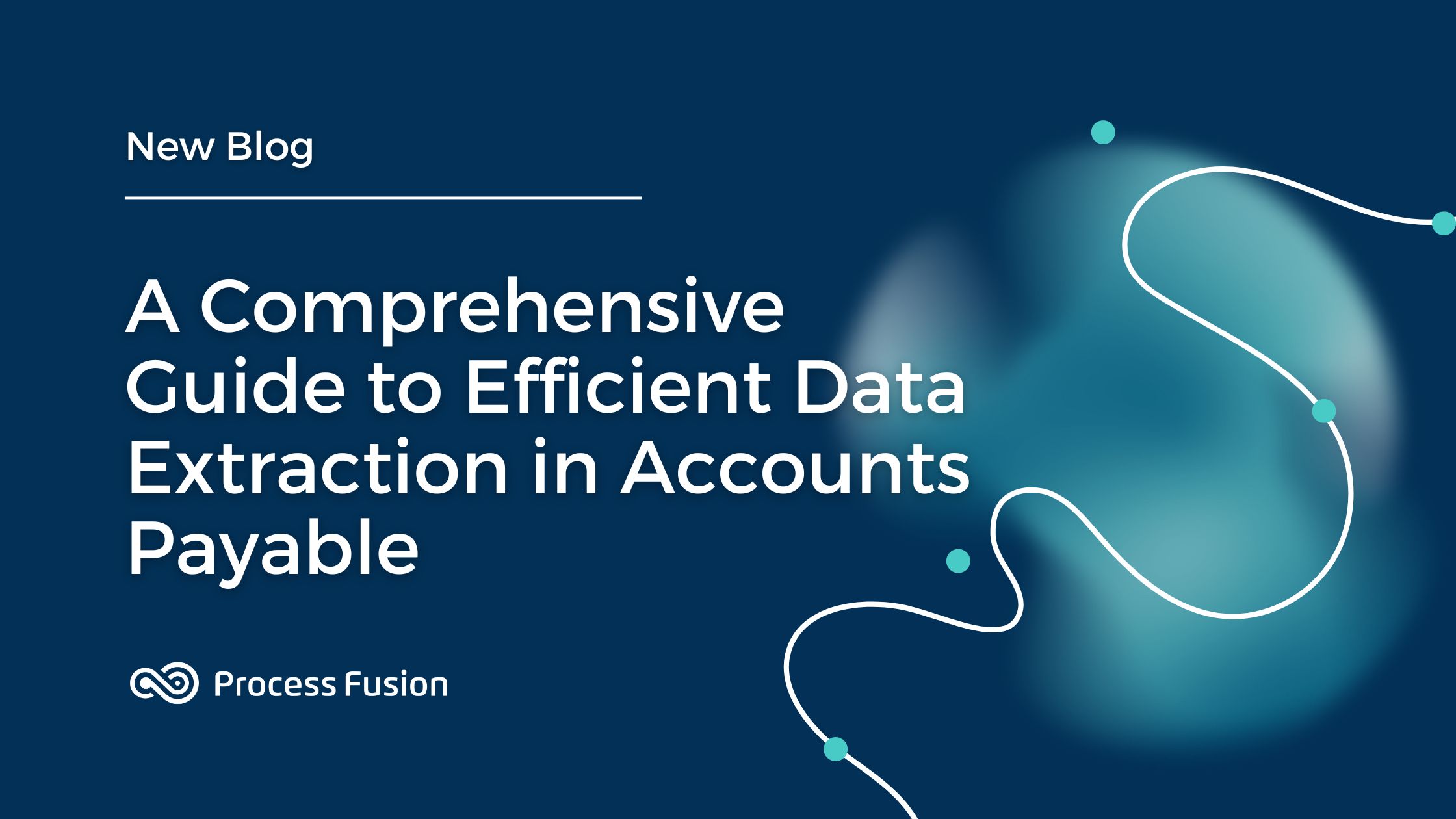
Referral management is the process of streamlining end-to-end referrals, increasing transparency, and relaying general care to specialized treatment. However, poorly managed referrals are a significant obstacle to all these things.
Issues stemming from poor management of referrals affect patients, providers, and payers alike. From misdiagnosis, operational inefficiency, and broken referral loops to missing patient records, and delayed treatment, it creates several problems for the entire health system.
In this article, we will recount the cost of poorly managed patient referrals in detail.
How Often Do Specialist Referrals Happen Anyway?
Specialist referrals are a major part of patient treatment. In the United States, one in every three patients (33.33%) is referred to a specialist annually. Out of the total outpatient visits, approximately 50% are from referrals.
However, despite the importance and frequency of these referrals, the process for addressing them has been inefficient throughout the years.
The inefficiency of these solutions is frustrating for both primary-care providers, as well as specialists.
Considering that each referring provider holds $1.7 million in potential revenue for specialists, it’s surprising that so many specialists still persist with ineffective referral management practices.
The Opinion of Health Professionals on Traditional Referral Management
Referring Physicians
As you might expect, the majority of referring physicians are dissatisfied with traditional referral management. As much as 63% of referring physicians are dissatisfied with the way referral management is handled.
For these health professionals, inadequate referral letter content and the lack of timeliness of patient information is one of the primary reasons why they think the current referral management falls short. Moreover, the fact that 25% to 50% of referring physicians are not sure if their patients see the specialist doesn’t inspire much confidence in the system.
Specialists
Primary care providers often vary their threshold for when they refer a patient to a specialist. However, despite the critical nature of patient information, many of these referrals don’t include this information. Even when it does include information, it’s often insufficient for making an accurate diagnosis.
Unsurprisingly, as much as 70% of specialists rate the patient referral information they receive as either fair or poor. This suggests that most information exchanged between providers is not sufficient.
Furthermore, some reports even show that 52% of specialty referrals scheduled are unnecessary, wasting a considerable amount of specialist time, as a result.
How Inefficient Are Traditional Referral Management Solutions?
While referral guidelines and gateways have introduced some structure to referral management, there are many areas that need significant improvement.
Needless Manual Procedures
It’s already hard for physician practices to hire the optimal number of supporting staff to run operations optimally. However, because of various manual procedures in referral management, these providers require as high as 4.23 full-time equivalent staff per physician for handling paperwork alone.
Such practices create unnecessary bottlenecks in the medical workplace and are a needless obstacle to inpatient care.
These delays and obstacles are not only inconvenient for patients, but also for providers who must pay $20 on average in labor for filing each paper document.
Read A Case Study: How Mackenzie Health Transforms Diagnostic Image Process?
Administrative Anomalies
The problem of persisting with manual procedures is that they are at the highest risk of falling prey to human errors. Human error is a significant barrier to achieving maximum efficiency in the referral workflow.
Due to persistence to manual procedures, physicians have to reorder three in every ten tests after their results cannot be found.
The results of these tests are mostly lost in the middle of the care continuum, either within hospital departments or during the transfer from lab to physicians. According to some studies, 86% of all medical errors can be traced back to administrative mistakes.
Lack of Coordination
Another critical problem in traditional referral management solutions is that primary and secondary care providers are unable to exchange information timely and accurately.
The lack of communication between health providers can incur long delays in both payment and care. According to a tone study, 80% of all serious medical errors stem from miscommunication during care transitions.
Direct Costs of Poorly Managed Referrals
The risk to Human Life
Perhaps, the greatest cost of poor referral management is the risk to patients it poses. In many cases, errors from inefficient referral management systems have grave consequences for patients.
According to one research published in 2018, medical errors have become the third leading cause of death in the U.S with estimated fatalities being as high as 440,000.
Diminishing the Quality of Care
In recent years, as much as 18% of hospitalized Medicare patients had to be readmitted within a single month. Poor referral management ultimately leads to inaccurate diagnosis, diminishing the quality of care, as a result.
Although the number of readmissions nowadays is lower than what had been before, approximately 2 million patients still return for treatment within a year. These readmissions cost Medicare $26 billion annually with $17 billion of costs resulting from potentially avoidable readmissions.
Losing Reimbursements
According to a report published by the CMS itself, health providers in the US can lose approximately $364 million in reimbursements.
With a growing emphasis on value-driven care, companies have a lot to gain (or lose) by following CMS guidelines.
A poorly referral management system exposes healthcare facilities to penalties and prevents them from earning reimbursements.
Missed Appointments
Patient no-shows are a constant nuisance for many healthcare providers and inefficient referral management is largely responsible for it. Missed appointments from these mistakes in scheduling cost $150 billion annually to the U.S. healthcare system.
Customer Experience
Inefficient referral management reflects poorly on customer experience. Accenture reports that as much as 7% of patients leave their existing health providers due to poor user experience, something that translates to an annual loss of $100 million per hospital.
Benefits Of Improved Patient Referral Workflow
The main aim of the patient referral system is to make sure that no patient suffers while getting an appointment. Apart from this, there are other advantages of a patient referral workflow too. So let’s dig into those.
1. When your hospital provides good care to the patient, they will continue to visit for treatment, hence improving revenue.
2. Shorter waiting time for patients leads to good management and more time spent on examining the patient.
3. Track the patient status and give out timely reports.
4. Both doctors and staff can access the patient appointment directory, which keeps them prepared for the cases.
5. The use of an online appointment system by the patient reduces the manual appointment workload in the hospital.
Why Is an E-Referral Management Solution the Perfect Remedy?
The majority of challenges faced by health systems and specialists arise due to manual procedures and a lack of coordination after a referral.
An E-Referral management system streamlines the workflows for providers and enhances patient outcomes as a result.
Investing in an e-referral management solution can minimize the expenditure of time and resources wherever possible.
Similarly, the system streamlines the care continuum for patients and decreases lead times within the health system.
Ultimately, with the help of e-referral management, providers can track and manage referrals, communicate with a system with different EHRs, reduce no-shows, increase revenue and reimbursement, reduce operational costs, and ultimately ensure quality care for their patients.







